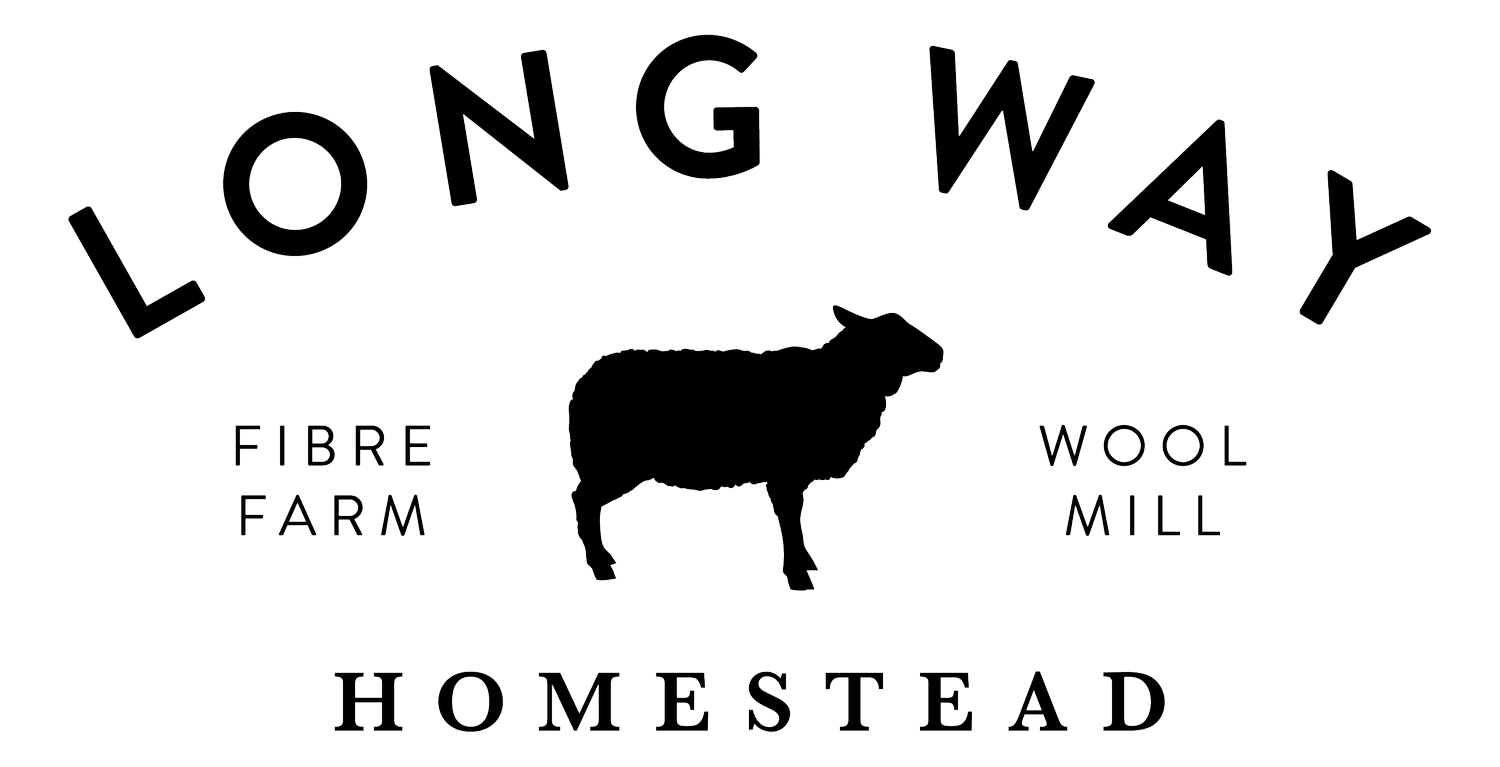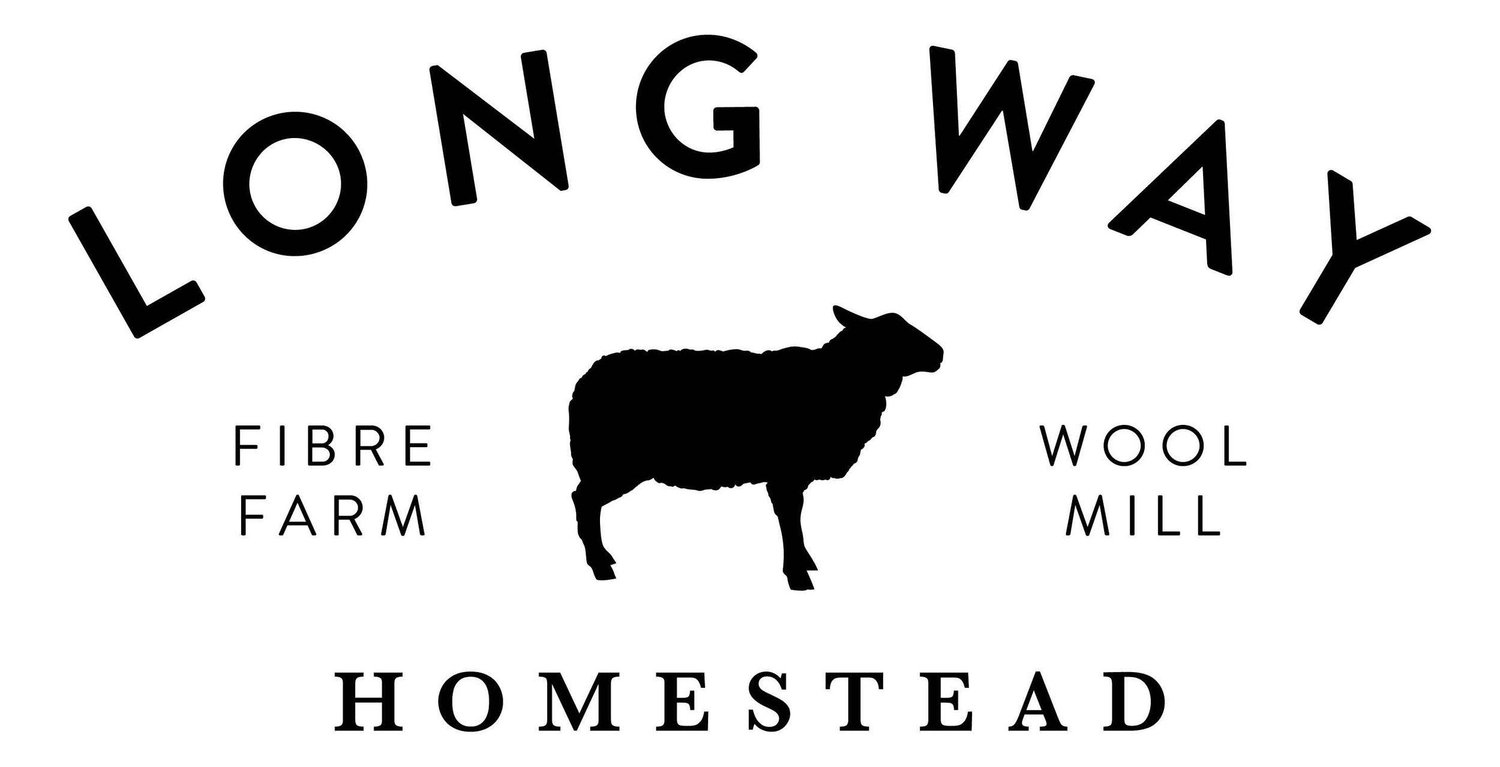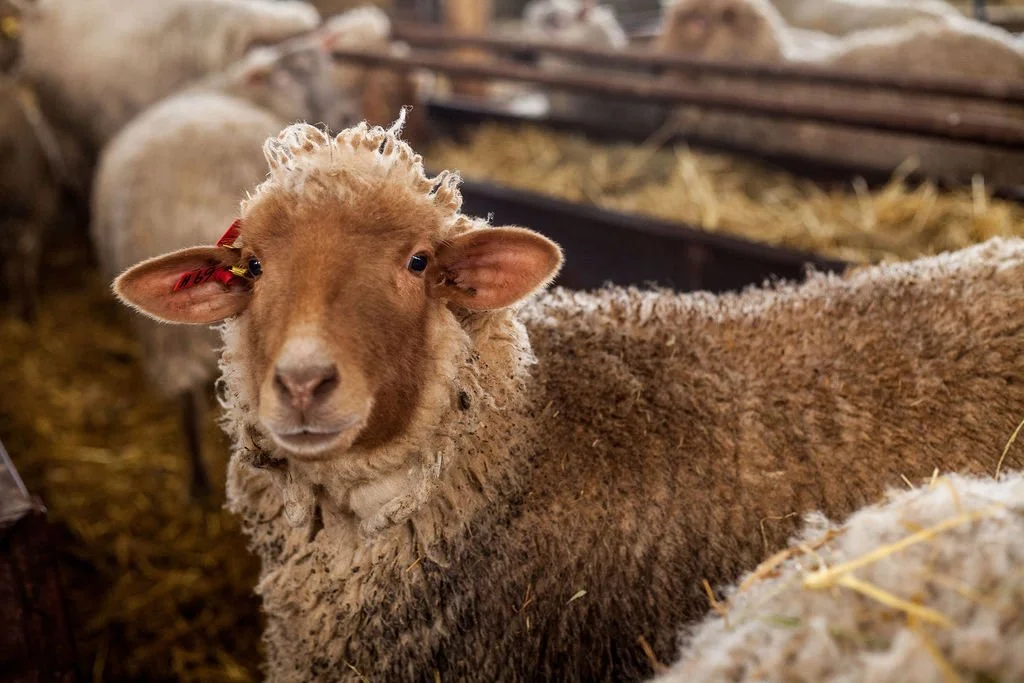Tunis
The American Tunis - or more commonly called Tunis sheep was developed from an ancient breed that dates back to biblical times, the Tunisian Barbary sheep. They came to N. America from North Africa in the late 1700's as a gift from the Bey of Tunis and was popular among American presidents.
However the civil war resulted in the destruction of most flocks and it became a conservation breed. Tunis sheep are raised predominantly for their meat, and seem to flourish in hotter climates.
When you look at Tunis wool 'on the hoof' it almost appears red (like their faces) but once washed and processed it simply has a creamy warmth to it (although some lab fleeces do appear more red or tan. It is a versatile wool and can be lofty with bounce, and some can be fine and lovely for next to the skin.
Tunis can be used for clothing items and is a great choice for showing off stitich definition and textured items. The creamy colour itself is a draw for garments. The fleece will take dye well and will felt easily.
average staple length: 3" - 6" inches
fibre diameter: 24 - 31 microns
fleece weight is 6 - 15lbs
consistent crimp, a bit blocky and fairly open. sometimes has pointed tips.
Our Tunis Wool comes from Sherry & Harold Bosma from Dusty Ridge Ranch. They farm both Canadian Arcott and Tunis sheep and have a large commercial flock.
I got to know Sherry and Harold in 2019 when I went to show Sherry how to skirt and sort fleeces. We had such a fantastic day and now I try to go to as many of their shearing as possible.
Sherry is also a fantastic tanner of sheepskins - you can check out their farm facebook here.
Anything with texture will look great in Tunis wool, or if you want a softer/warmer white sweater - I’m considering doing the newest Bracken vest from Tin Can Knits in some Tunis yarn I have.









